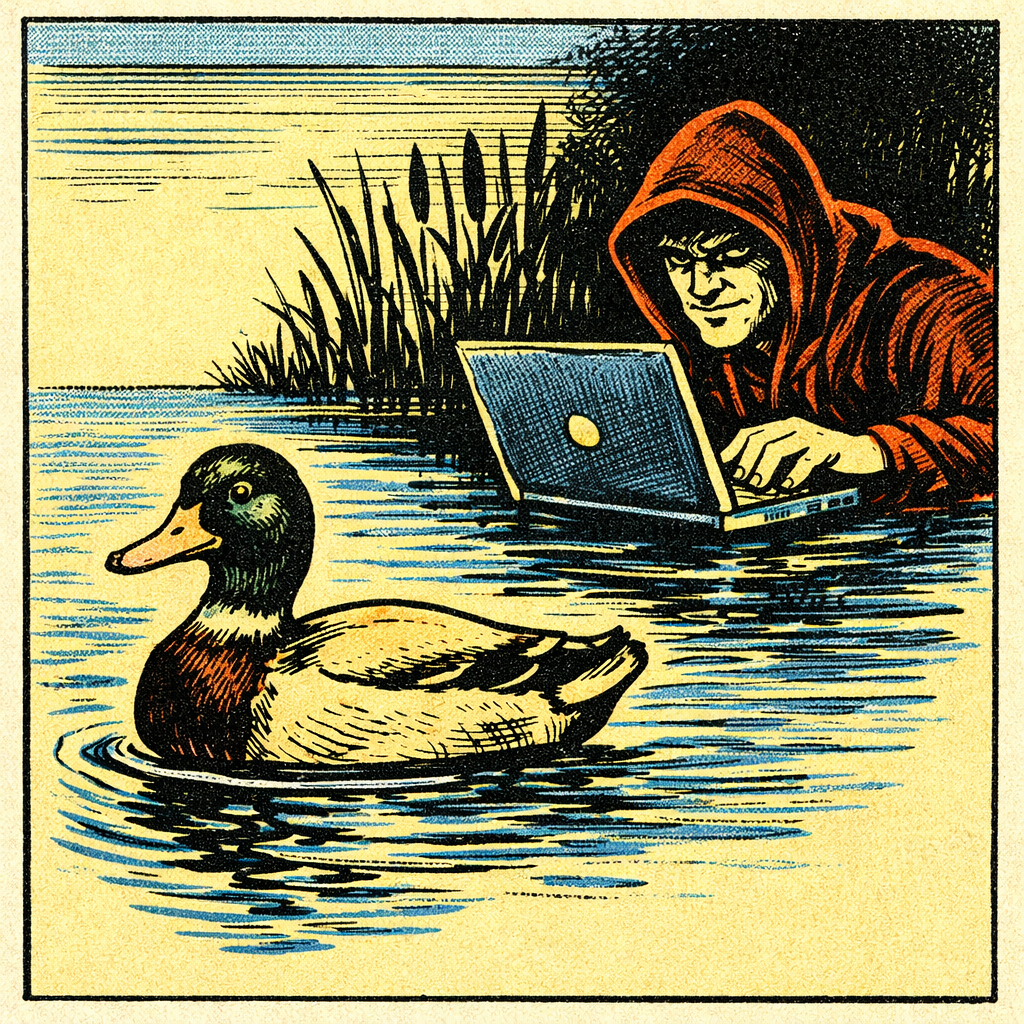Kristen Verderame, Vice President of Global Government Relations at NetApp, shared the importance of government relations, public affairs, and cybersecurity in shaping the technology. Verderame shared a view on how companies like NetApp collaborate with various government bodies to support missions and develop cybersecurity frameworks.
Representing NetApp on a Global Stage
Verderame’s role and responsibilities is broad, however is focused on the importance of aligning NetApp’s corporate policies and values with governmental programs across the globe. One key deliverable involves supporting diversity initiatives designed by various governments and offering advice and guidance on these programs.
“Governments design specific programs that we participate in, providing advice and guidance. We do a lot of participation with the governments to support things at a corporate level,” Verderame said.
Further, she described her involvement in long-term strategic planning for public sector teams within NetApp. This includes contributions to massive projects such as digitalising governments and integrating AI, where NetApp brings its expertise to the table.
Tackling Larger Government Missions
When asked about larger government missions, Verderame shared NetApp’s contributions to the U.S. Space Force as an example. The Space Force’s mission involves data collection, both from internal government operations and commercial entities, like SpaceX.
“In instances like space surveillance and collision avoidance, we provide real-time, secure data processing solutions. This represents NetApp’s ‘sweet spot’” revealed Verderame.
NetApp’s collaboration with the Veterans Administration (VA) on its suicide prevention mission further exemplifies how technology can have a profound impact on societal issues. The VA’s AI-based initiative aims to save lives by identifying at-risk veterans in real-time.
Building Relationships for Crucial Missions
Verderame was candid about the process of developing and nurturing relationships with government officials. This includes leveraging established networks to meet government leaders, volunteering services, and offering strategic advice.
“Our job is to ensure that the right people within the VA understand how our technology can support their mission,” she noted.
Introducing the Secure by Design Pledge
Verderame also played a key role in Secure by Design Pledge, a framework initiated by director Easterly from the Cybersecurity and Infrastructure Security Agency (CISA). The pledge encourages manufacturers to ensure their products are secure at the creation stage, rather than relying on end-users to manage security.
“The point is to flip the mindset, putting the responsibility of security on the creators of tech products,” explained Verderame.
This initiative has garnered industry support, with over 200 companies signing up for the Secure by Design pledge. The project aims to make cybersecurity a core aspect of tech products, effectively reducing vulnerabilities and making the tech ecosystem safer.
Commercial Incentives and Ethical Responsibility
One of the challenges discussed was the industry’s focus on “bells and whistles” over security. Verderame simply put that while profit incentives drive these decisions, there is a growing shift towards making security a core differentiator.
“Security should be a market differentiator,” Verderame stated, noting that customers are increasingly valuing secure products, particularly in critical sectors like government and infrastructure.
Aligning with National Cybersecurity Strategies
Verderame discussed linking the Secure by Design initiative with the White House National Cybersecurity Strategy. As cybersecurity becomes integral to national and commercial interests, frameworks like Secure by Design are set to evolve, adding new dimensions such as IoT and supply chain security,
“This whole process becomes more additive as we continue to flesh out the principles and expand their applications,” the NetApp Executive surmised.









